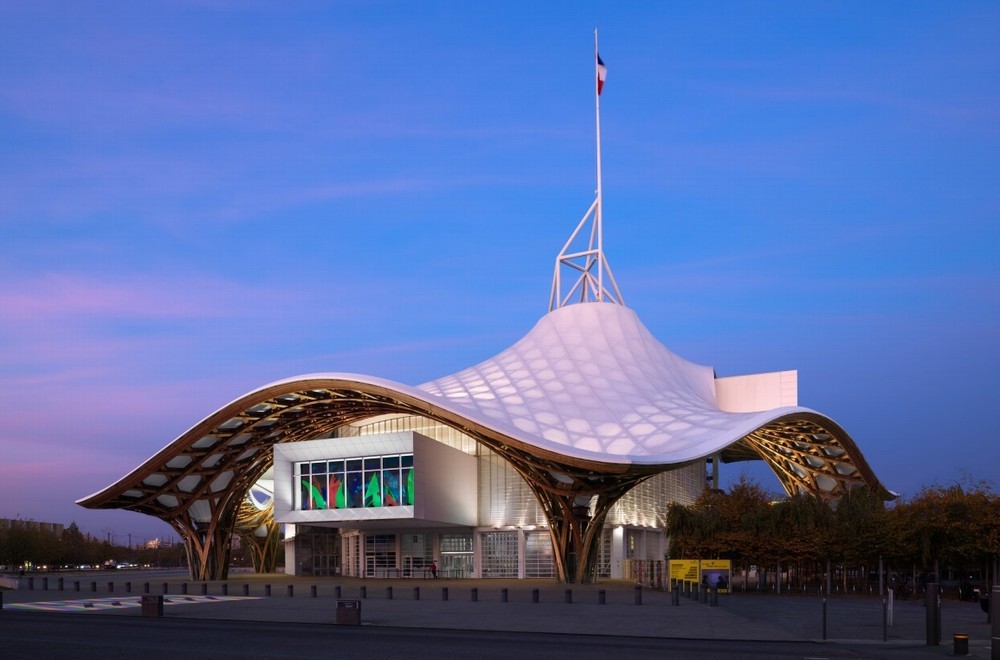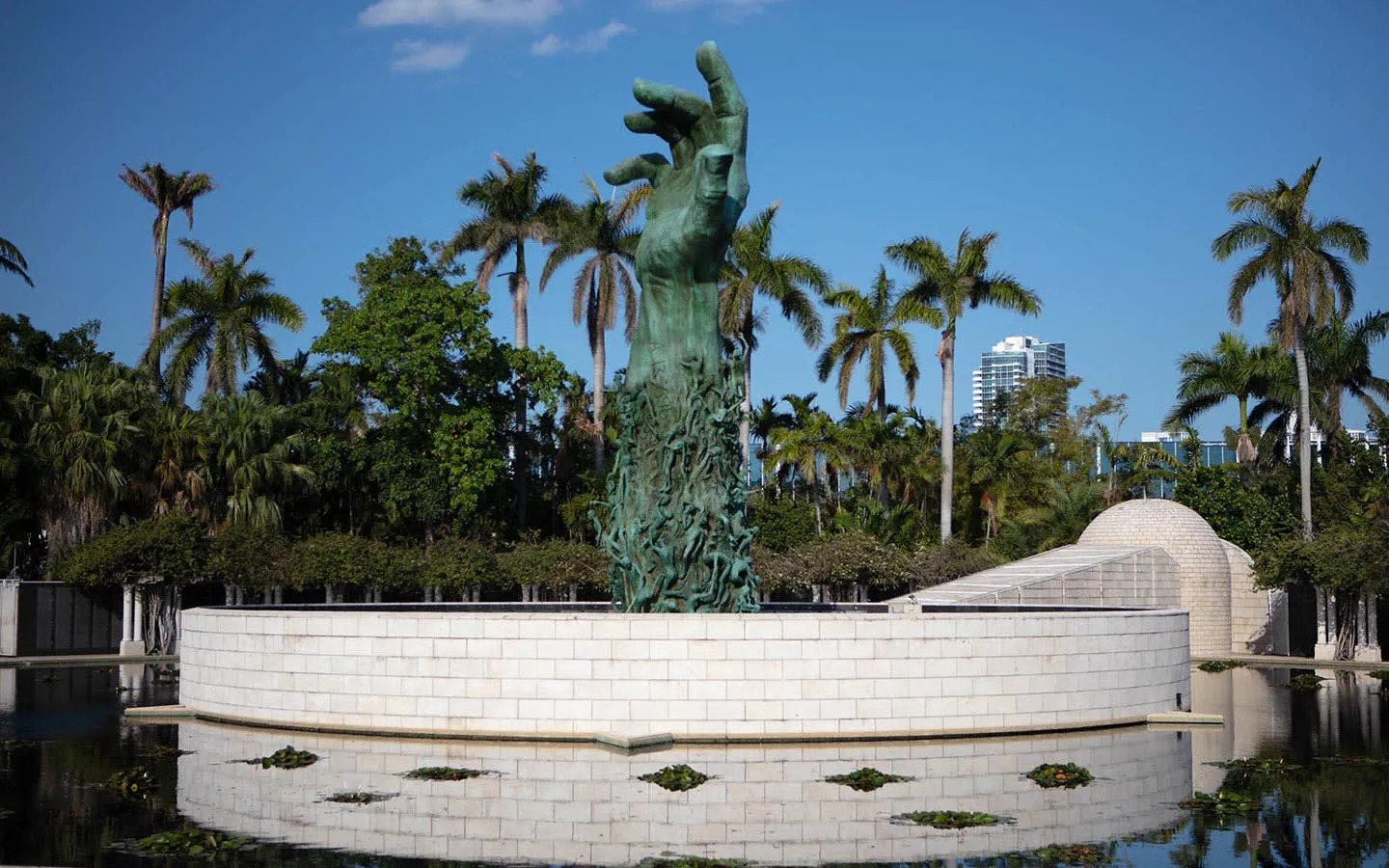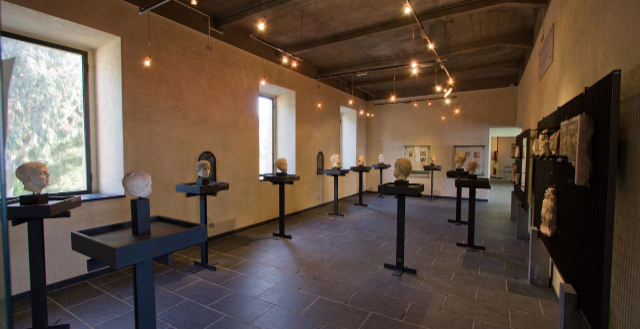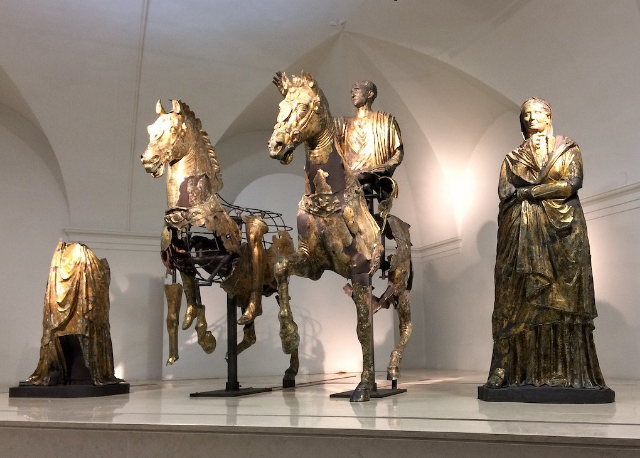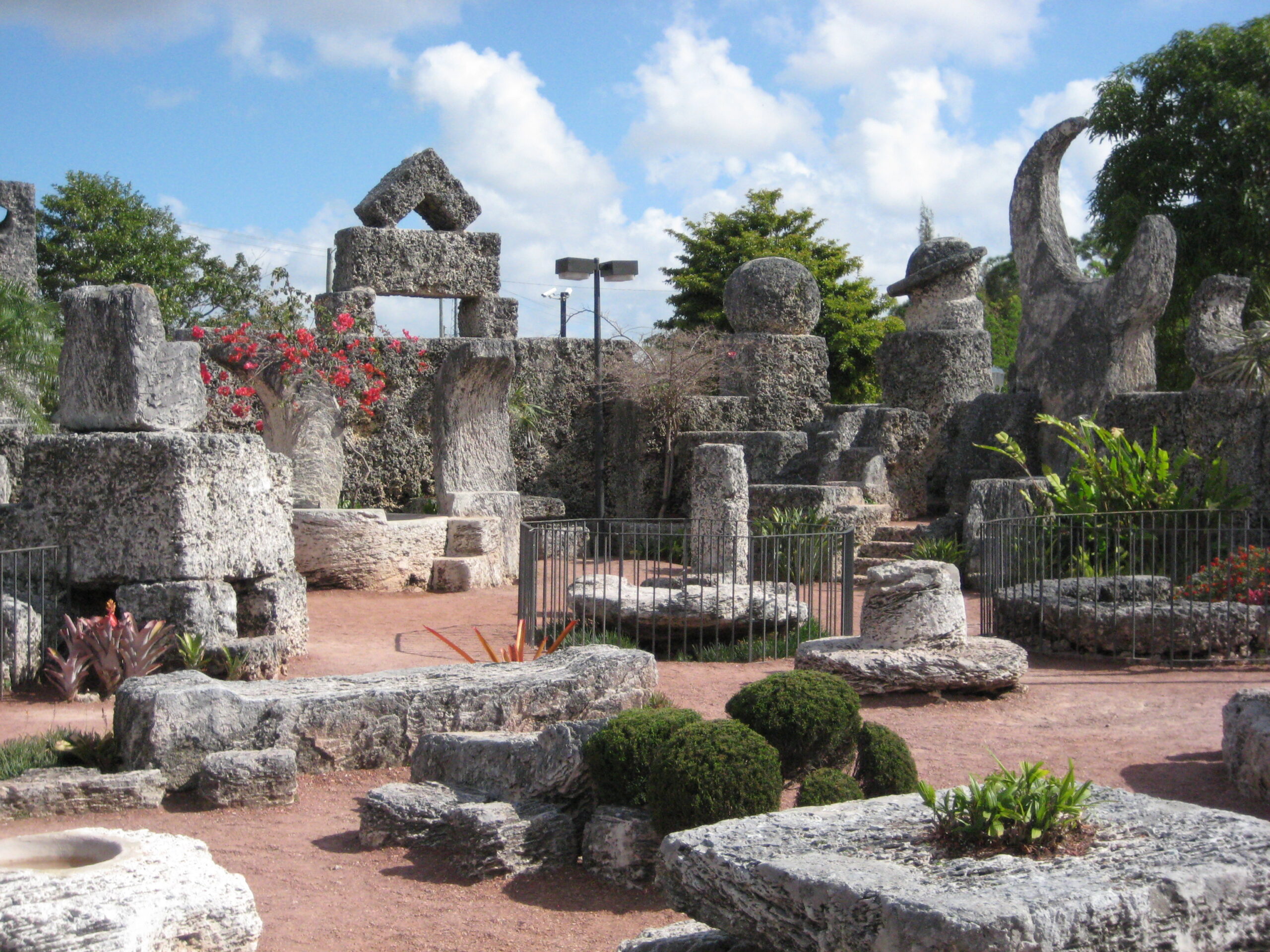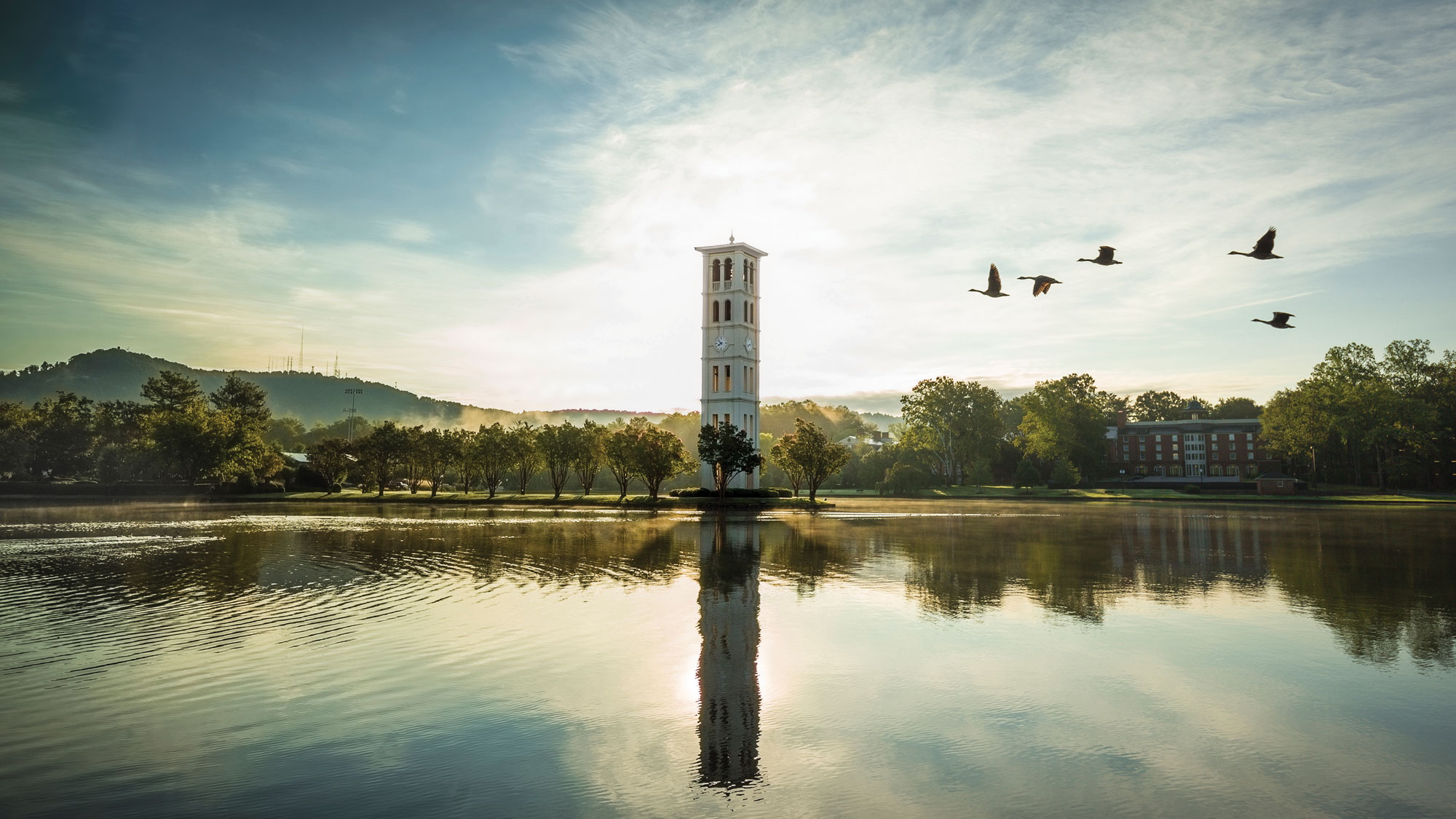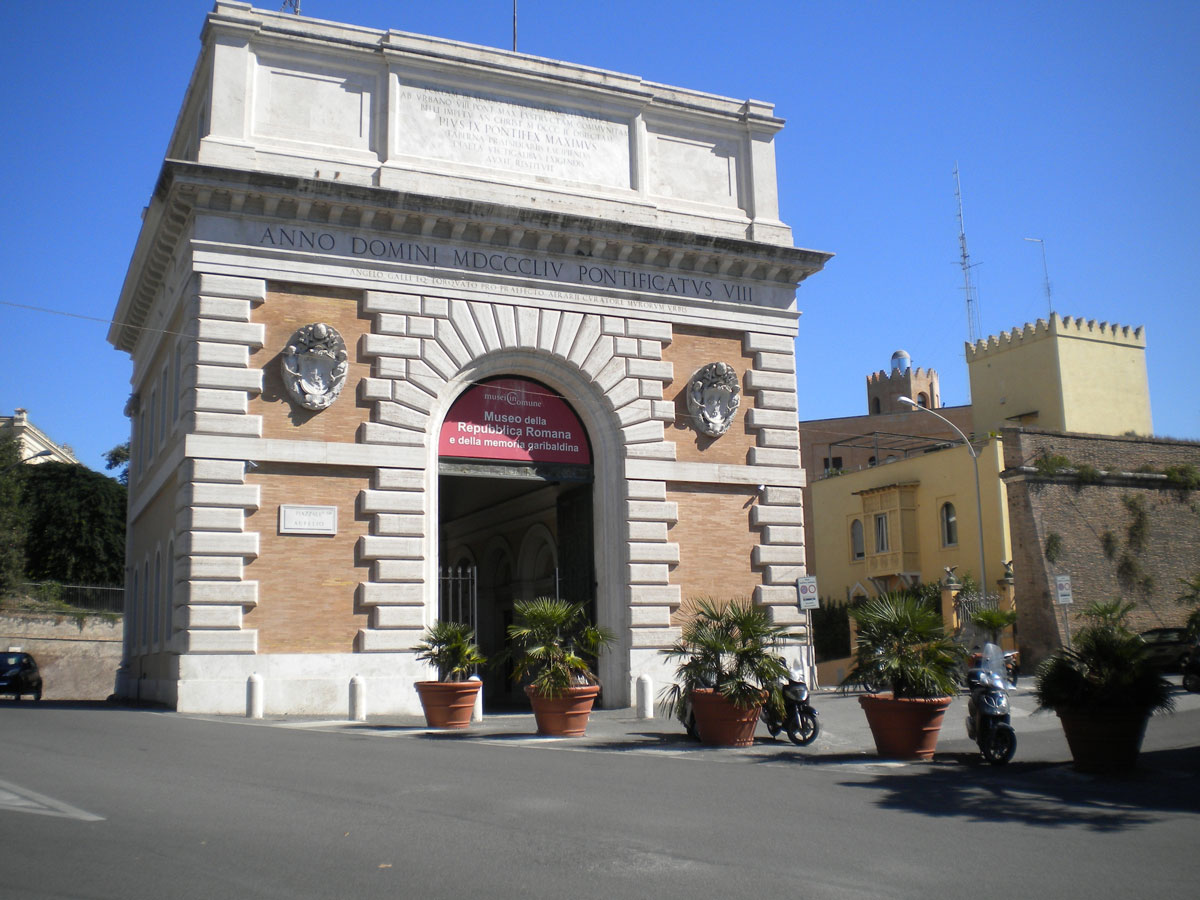The first decentralized satellite of a French museum, the Centre Pompidou-Metz is a masterpiece of contemporary architecture. Conceptualized by the architects Shigeru Ban and Jean de Gastines, with Philip Gumuchdjian, who also designed the prizewinning project, there are three exhibition spaces covered by an audacious roof inspired by a Chinese hat. The 77 metre high spire is a nod towards the year 1977, the year the Pompidou Centre in Paris opened. The structure of the roof consists of a lattice of laminated wood elements and is inspired by a woven bamboo hat. The roof is covered with a translucent membrane made of fiberglass and PTFE.
The exhibition space consists of three galleries for temporary exhibitions, conceived as parallelepipeds stacked on top of each other, which together provide the center with an exhibition area of more than 5,000 square meters. Called Grand Nef, the main gallery is designed with an interior height of 18 meters; a feature that allows for the installation of large-scale artworks that cannot be displayed at the Paris location.
Since the building is not located in the center of Metz, to create a visual and symbolic relationship between the Centre Pompidou and the city, the Japanese architect carved out large rectangular openings in each of the galleries, designed to "frame" views of the city’s cathedral and other points of interest.
Thanks to its changing exhibitions, the Centre Pompidou-Metz hosts the best of modern and contemporary art.
